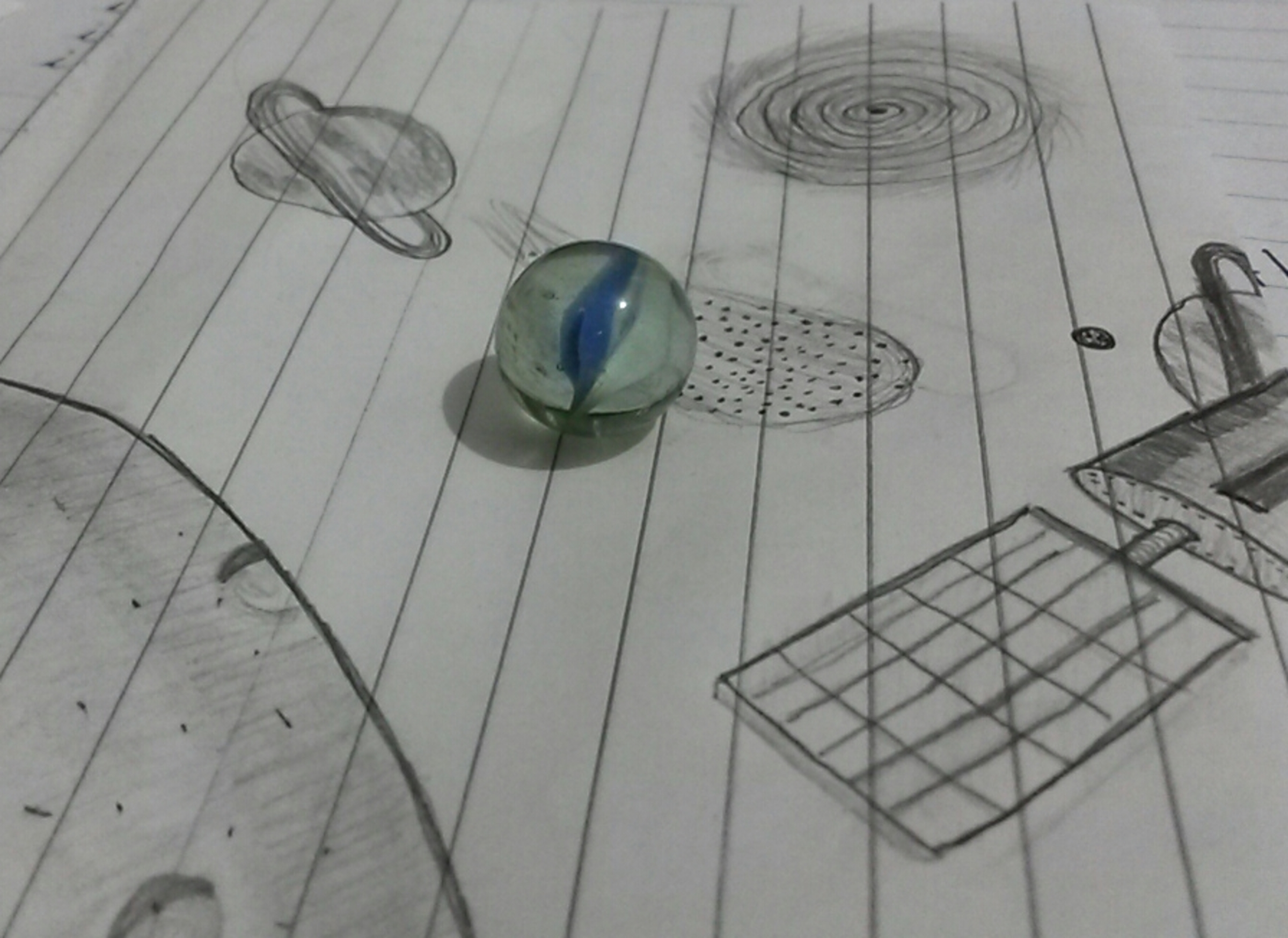Another use for marbles

The image above shows a glass sphere, known as a marble. It can be used as a toy, but can also be a very interesting object to study Optical Physics, because it is transparent, so that light can pass through it.
Imagine you have a lot of marbles that are equal to that one, and you want to use them as spherical lens. Then, you put a random object in front of you, at a short distance , and look at it through the marbles. What is the minimum number of marbles you need in order to see the object without any inversion?
Notes : consider that you are immersed in the air (of course). Also, consider that the glass has a greater refractive index than the air.
The answer is 2.
This section requires Javascript.
You are seeing this because something didn't load right. We suggest you, (a) try
refreshing the page, (b) enabling javascript if it is disabled on your browser and,
finally, (c)
loading the
non-javascript version of this page
. We're sorry about the hassle.
These marbles can be considered biconvex lens, and, as they are immersed in the air, they are convergent lens . However, because of their size and curvature, the images that are formed are upside down. Cool Fact : the magnifying glass is also a biconvex lens, and it can create inverted images. But you need a longer distance to do so, because the curvature of the magnifying glass is not as "intense" as the marbles'. Normally, the biconvex lens that are studied at school are similar to the magnifying glass, and they follow the laws studied by Gauss in Optics. These biconvex lens do not usually create inverted images, because of their curvature. The problem told us that the object was at a short distance. So, if you were using a "Gauss biconvex lens", there would never be any inversion.
So, if you use one more marble, it will invert the light rays once again, and then the image formed by your eyes won't be upside down. Hence, the minimum number of marbles you need to see the object without any inversion is 2 .